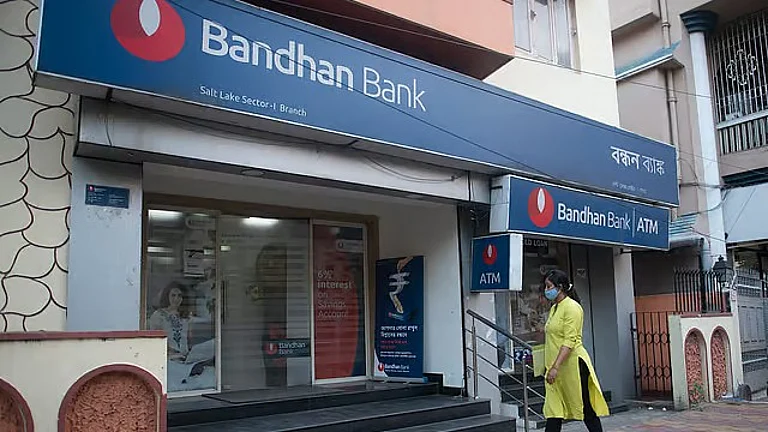In the era of digital transformation, the challenge for traditional financial institutions is to step up to meet the rising demands of new-age customers. Moreover, the rapid rise of neobanks is giving stiff competition to these banks, which still operate with legacy systems. In fact, neobanks, or digital-only banks, are eroding the market share of incumbent banks.
A recent survey report highlights that an estimated 205 million Indian adults already have a digital-only bank account. And this number is expected to grow to 397 million within the next five years. So, it’s reasonably clear that neobanks or digital-only banks are set to cater to a large population and provide an innovative service mix.
At the same time, many tech giants (or consumer internet companies) like Google, Apple and Facebook are also getting into the digital payments space. With more new-age digital banks and digital payment services entering the financial segment, the competition is increasing for the conventional banking system. To combat this rising challenge, several banks are waking up to working as technology companies. For traditional banks to survive and remain competitive in this rapidly evolving digital era, the only way forward is to accelerate their digital transformation. The need is to take a digital-first approach by digitising their core banking system and offering an enhanced customer engagement and personalised experience.
But what is unique about neobanks? With an entirely digital-only approach, neobanks provide seamless banking services to customers that can be availed via a smartphone. To put things in perspective, they represent customer-centricity with their mobile-first approach, gamification of customer engagement, hyper-personalisation, real-time update, 24x7 virtual assistance, and so on. And these factors, in turn, are enabling neobanks in improving customer loyalty. For instance, according to a Gartner report, eight of the 27 neobanks in India provide their customers with unique payment options such as virtual debit cards, split payments, cards for teens, etc. Similarly, digital platforms offer a bouquet of features while making online payments a seamless experience for tech-savvy individuals today.
Neobanks operating in India focus either on consumer or retail customers or on growing small and mid-size businesses (SMBs). All in all, the core idea is to help various consumers (retail and SMB) and provide a holistic digital banking and payment experience, thereby enhancing their consumer engagement and loyalty.
Digital Transformation of Banks
Banks have a new responsibility–to integrate digital financial services into their systems. The aim is to cater to new and dynamically changing customers’ expectations while improving their competitive positions.
So, what strategies can banks adopt to enhance their digital transformation to compete with the ‘new kids on the block’ or the neobanks?
Overhauling The Core: This involves monolithic system upgrades every few years, guided by an architecture roadmap. This approach demands time and carries significant risk. The investment is also higher than in the other approaches, and can run into hundreds of millions, depending on the size of the bank.
Progressive Modernisation: For this, customer journeys are re-invented end-to-end, starting with a clean slate and casting aside all existing notions. Modular micro-services with shared utilities are introduced, iteratively creating the new business logic. To take this approach, the current core must be robust enough to last five to 10 years. The risk profile is the lowest among the three approaches, with product complexities and legacy systems proving the biggest hurdles.
Greenfield Tech Stack: This approach takes advantage of the Cloud-native architecture. The new customers are on-boarded on the new platform and existing ones are migrated. This approach is the passport to the quickest possible transformation and can potentially be implemented with the lowest investment but carries greater risk than progressive modernisation.
For millennials, customer experience is a critical factor while choosing a bank. Therefore, the need of the hour is a convenient, instant, and seamless banking experience. Hence, banks are aggressively investing in front-end channels (mobile, internet, wearables etc.), thereby enhancing the experience and increasing engagement.
This also means that banks are leveraging crucial data on consumer behaviours. These insights are helping them understand when to engage with the consumer and how to make offers aligned with both the consumer and the financial institution’s goals. However, as banks are the custodians of assets/securities, the challenge also lies in striking a balance between agility and speed vis-a-vis the risk.
In a nutshell, technology will continue to play an essential role in ‘digital banking’ by making banking and payment services more personalised and ubiquitous across devices.
The author is Vice President and Head, Enterprise Business, Comviva, a mobile solutions company

























